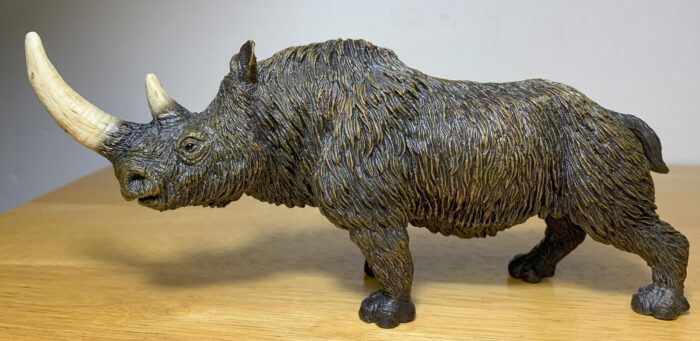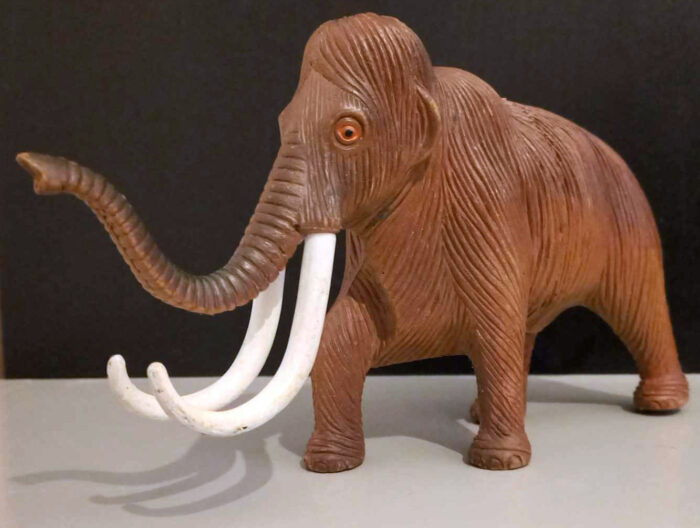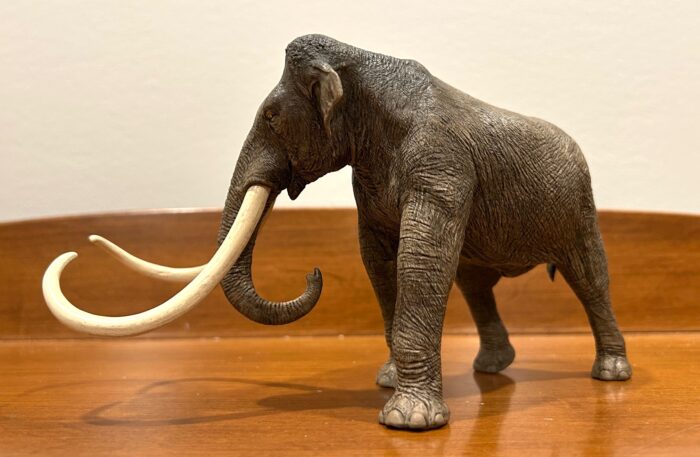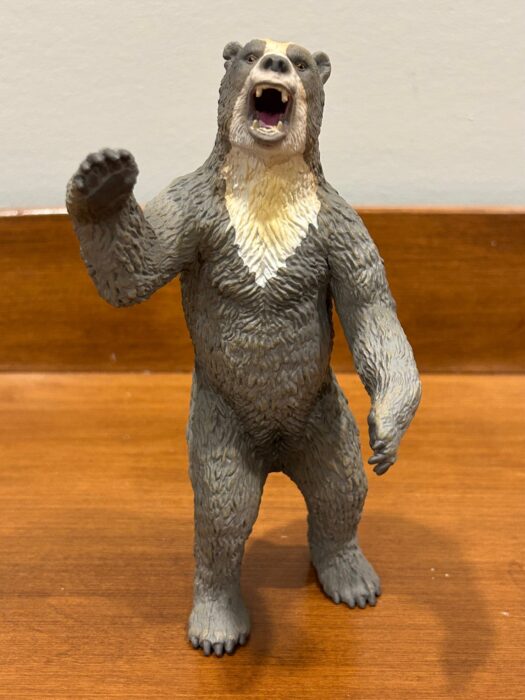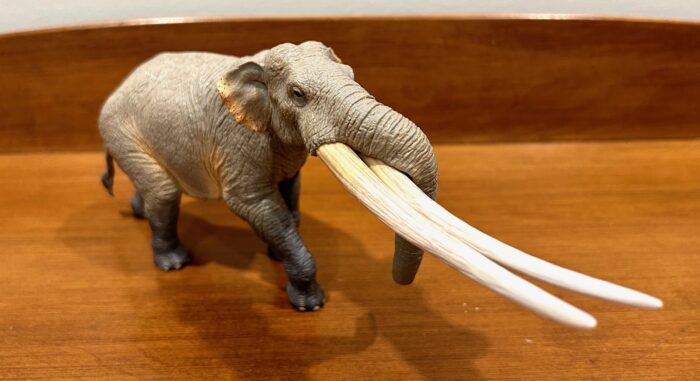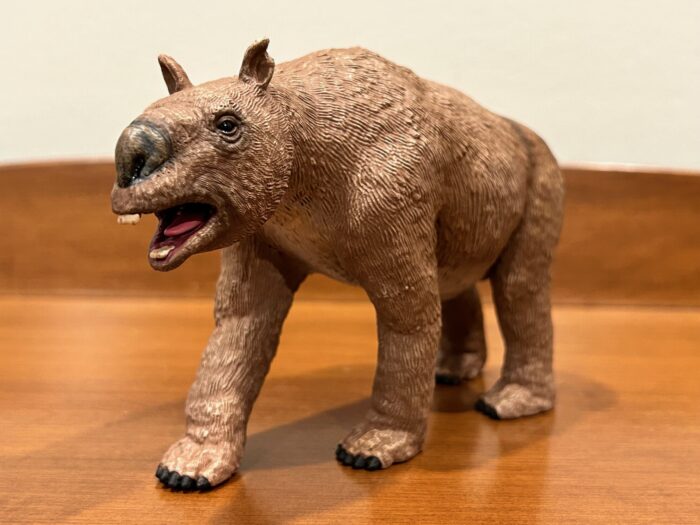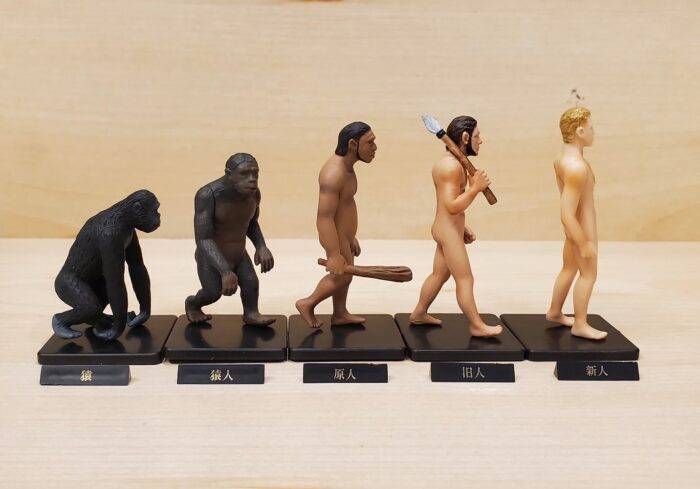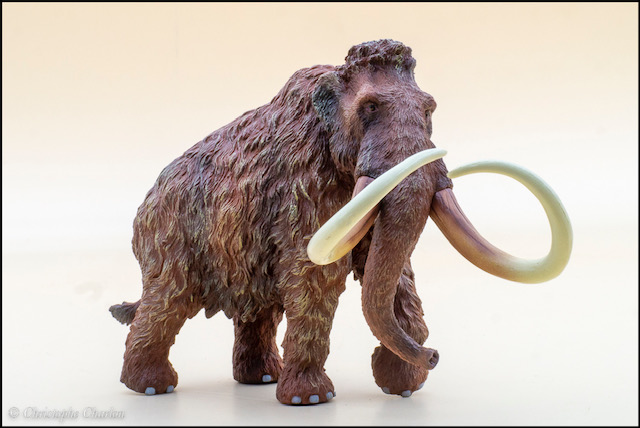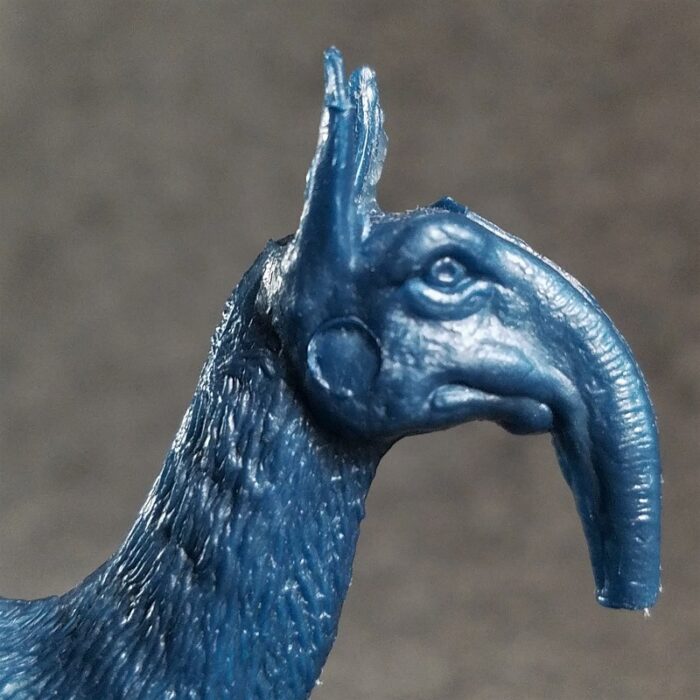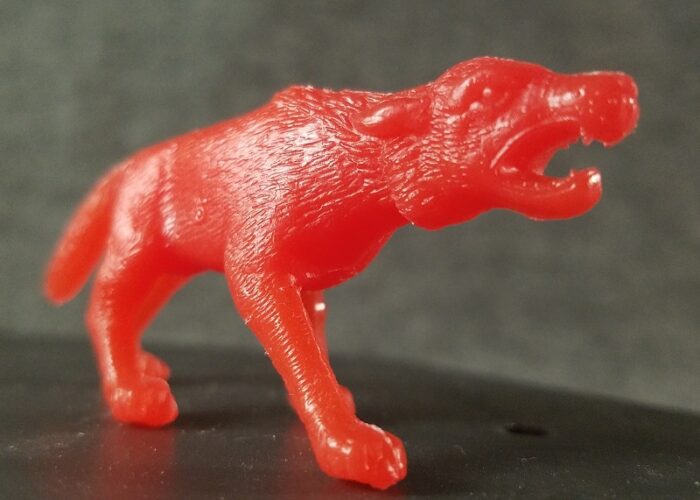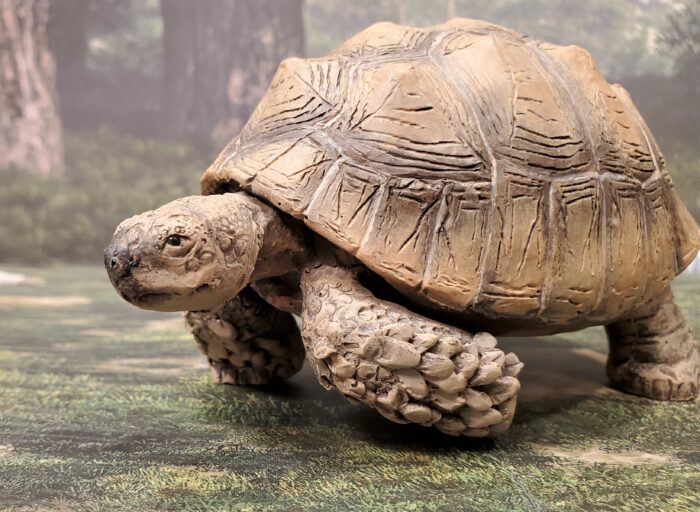Before we begin the review, I would like to extend my gratitude towards Happy Hen Toys for sending this figure along as a review sample. Check out their large selection of animal and dinosaur figures by clicking the banner below.
In 2011 my first review for the Dinosaur Toy Blog was posted, it was of the AAA woolly rhinoceros (Coelodonta antiquitatis).

